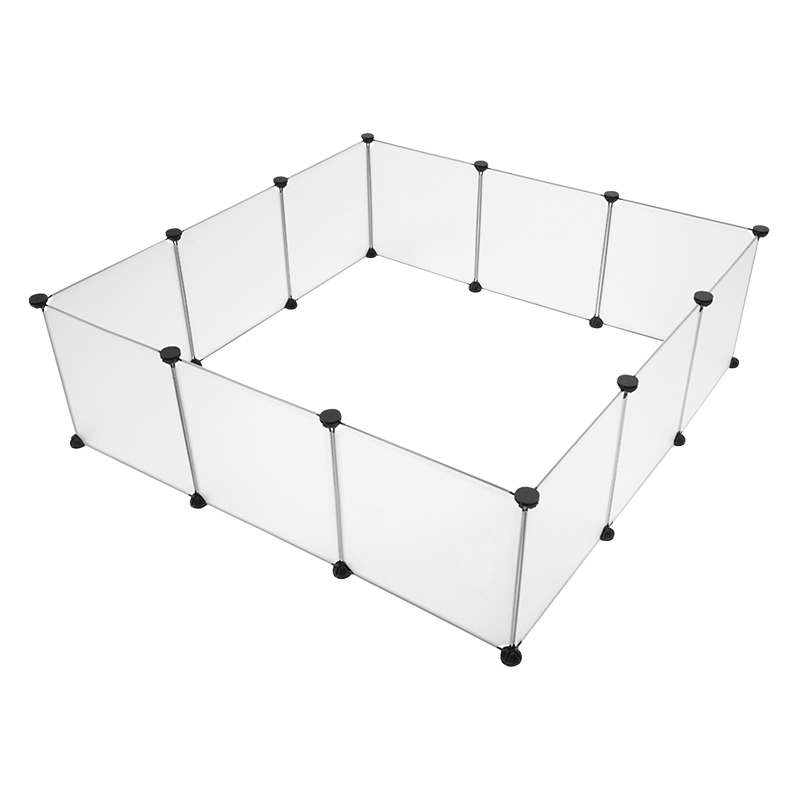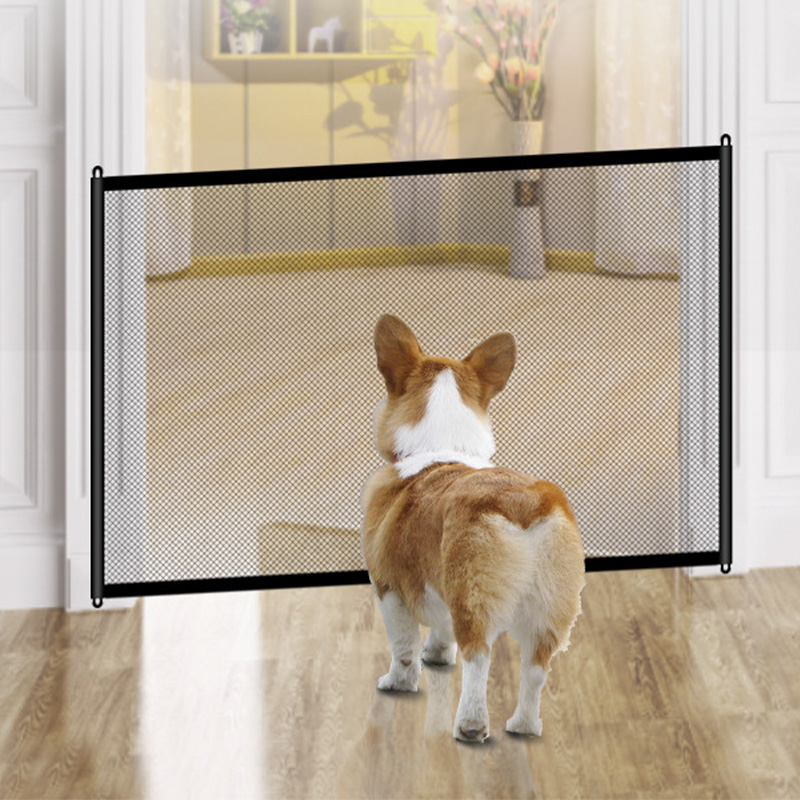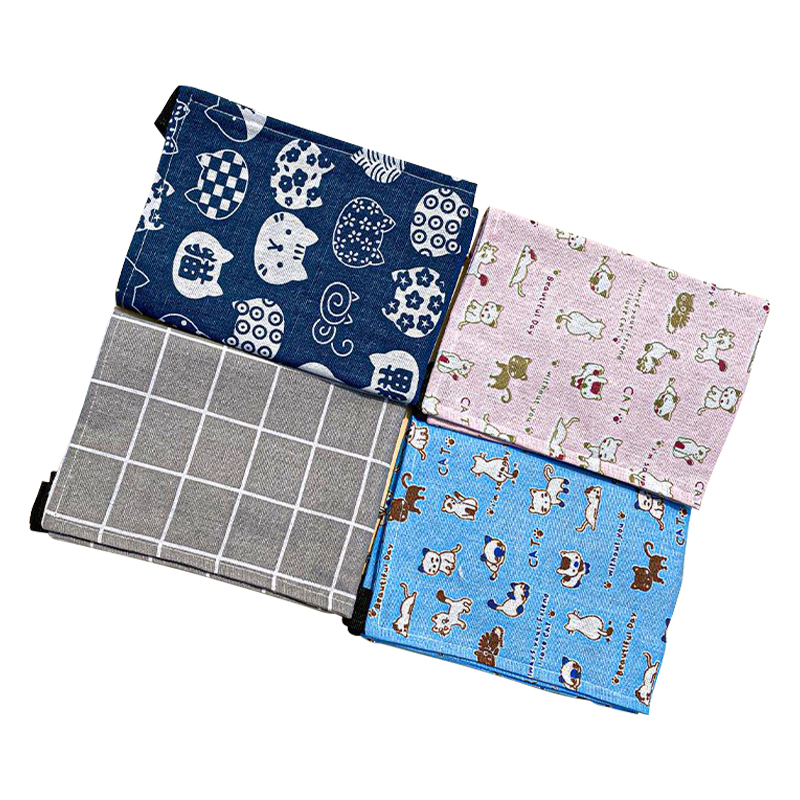To enhance the safety of pet fences, strict requirements are imposed on the materials, structure, and installation methods of the fences.
Pet fences must be made of non-toxic and harmless materials to ensure the health of pets. The design of the fence structure must take into account the size and habits of pets to prevent them from easily jumping out or getting stuck. Additionally, the installation of the fence must be secure to withstand the impact of pets.
Installing a pet fence will help reduce incidents of pets getting injured due to fence issues, while also providing pet owners with added safety assurance.
To further enhance the safety and effectiveness of pet fences, it's crucial to consider various factors beyond just materials and structure. One of the key elements is the height of the fence. A tall pet fence can be an effective solution for larger or more agile pets that are prone to jumping or climbing. By ensuring the fence is adequately tall, pet owners can lessen the risk of escape, providing peace of mind that their pets are secure within the designated area.
When choosing a tall pet fence, it's important to assess the specific needs of the pets involved. For instance, breeds with a strong jumping ability, such as Greyhounds or Border Collies, may require taller fences than smaller, less agile breeds. Additionally, understanding the behaviors of different pets can guide the design. For example, a bunny fence outdoor area must consider the natural tendencies of rabbits to dig or attempt to leap, so additional measures, such as buried fencing or an overhang, may be necessary.
In terms of materials, the use of robust yet lightweight materials can contribute significantly to the fence's durability. Options like vinyl, wood, or specially designed metal can provide the strength needed to withstand various weather conditions and impacts from pets. Each material has its own benefits; for example, vinyl fences are often low maintenance and resistant to rot, while wooden fences can offer a natural aesthetic that blends seamlessly with outdoor environments.
Moreover, the structure of the fence must ensure that there are no gaps or spaces through which pets can escape. This is particularly vital for smaller animals, such as cats and rabbits, which can squeeze through surprisingly small openings. Therefore, a well-designed fence should feature closely spaced slats or a solid wall, less the chances of an escape attempt.
Installation methods play an equally critical role in the effectiveness of pet fences. Ensuring that the fence is securely anchored to the ground can prevent pets from pushing or pulling it down. For instance, concrete footings can provide stability for taller fences, particularly in areas prone to wind or other environmental stresses. Additionally, regular maintenance checks on the fence can help identify and rectify any issues before they become significant problems, further safeguarding pets.
Pet owners should also consider the layout of their yard when installing a pet fence. The fence should create a clear boundary that is easily recognizable to pets, helping them understand where they can roam safely. Strategic landscaping can also enhance the fence's effectiveness; for example, planting shrubs or installing additional barriers can deter pets from attempting to escape by providing a natural deterrent.
In addition to physical barriers, pet owners can enhance safety by training their pets to understand the boundaries set by the fence. Positive reinforcement techniques can help pets learn to respect the fence, reducing the likelihood of them attempting to breach it.
Overall, the goal of installing a pet fence should be to create a safe, secure environment that allows pets to enjoy the outdoors without risk. A tall pet fence not only serves as a physical barrier but also acts as a psychological one, helping pets feel secure within their designated space. When designed and installed correctly, pet fences can significantly reduce the risk of injury and escape, giving pet owners the confidence they need to let their furry companions enjoy their outdoor areas safely. Through careful planning, material selection, and proper installation techniques, a reliable pet fencing solution can be achieved, benefiting both pets and their owners alike.











